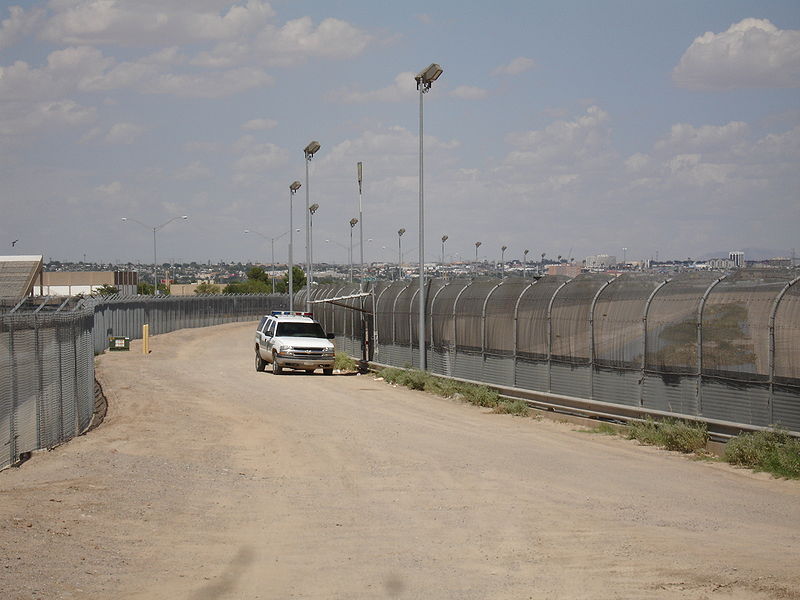The fear that rippled throughout the United States after the attacks of September 11, 2011, led to a major enhancement of border security protocols to tighten entry-exit requirements for foreigners. Visitors would have to show a passport that confirmed their identity and citizenship status and a visa attesting to their outlined purpose of travel, and more importantly, the specific allotted time they would be allowed to remain in the country. However, a recent article published in The Atlantic indicates that a lack of enforcement has caused a widening security gap that has allowed hundreds of thousands of foreigners to squeeze through the cracks.
On September 2, 2016, the Visa Office, the department responsible for issuing visas to foreigners under the auspices of the US Department of State, disclosed it had issued close to 11 million visas to foreigners in the 2015 fiscal year, 531,000 of which belonged to immigrant categories and 10 million in non-immigrant categories. The office also reported that, shockingly, 527,000 foreigners overstayed their visas, without facing any repercussions or threats of deportation.
Steven Brill claims that the problem lies with the fact that millions of foreigners who are admitted to the US on business or travel visas simply disappear into America following the expiration of their short-stay visas, ranging anywhere from three to six months. Mired in ineffective bureaucratic oversight on visa overstay enforcement, likely caused by a lack of resources, the government is begrudgingly left to turn a blind eye as foreigners vanish and hide in a massive geographic playground. According to recent statistics, overstayed foreigners “make up anywhere from one third to half of the 10 to 20 million illegal aliens in the country.”
Since 2002, government officials have suggested solutions to mitigate this issue. For example, a group of senior executives from Raytheon, a major American defense contract and industrial corporation, proposed a big-data system that would record the entry and exit dates of visa holders through the use of visa biometric scans and alarms. Though the Raytheon staff seemed excited about their proposal, Homeland security staff didn’t seem too confident, concerned that “the system sounds really complicated.” Raytheon didn’t help its cause when it couldn’t refute the Bush administration’s statement, instead openly admitted that it “didn’t have [the data-system] yet, so we don’t know. But we know it’s out there.”
Congress tried a similar ‘Entry-Exit’ approach in 1996 that ultimately was never launched at border crossings for air, ground, and maritime travel since the program failed to address serious concerns in all three border zones. At airports, feuds erupted between airlines, airport police, and Homeland Security officials, who fought over jurisdiction of the biometric machines that required passengers to submit their fingerprints. In ground travel and at seaports, the system didn’t fare much better as car and truck borders could not accommodate the ‘Exit’ kiosks, and the impediment to traffic flow caused by people having to leave their vehicle to submit fingerprints caused a massive outcry. The bigger headache was that an inability to record US exits over land, deemed the most popular way to leave the country, meant that any alarm system targeted at those not reported to have left on time could result in skewed data of “false alarm rates of 50 percent or more.” Overall, after spending $600 million on pilot projects, Congress was frustrated to announce it had not solidified an ‘Entry-Exit’ system.
Fourteen years later, the government still remains optimistic it will concretize a program in the coming years. In fact, Homeland Security Secretary Jeh Johnson claimed that, “aspects of the exit solution will begin being implemented by 2018.”
The call comes after years of failed attempts from the Obama and Bush administrations to try to plug the drain on visa overstays. On August 31, Presidential Nominee Donald J. Trump argued that, “We must send the message that visa expiration dates will be strongly enforced.” He bluntly added that, “if we don’t enforce visa expiration dates, then we have an open border- it’s as simple as that.”
But, as we have witnessed, repeating the same message for fourteen years is one thing; acting on it to ensure it is enforced, is a whole different challenge.
Photo: The U.S.-Mexico border fence. Courtesy of Office of Representative Phil Gingrey via Wikimedia Commons. Public Domain.
Disclaimer: Any views or opinions expressed in articles are solely those of the authors and do not necessarily represent the views of the NATO Association of Canada.




